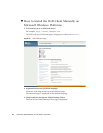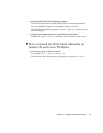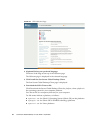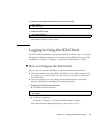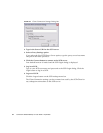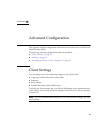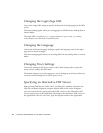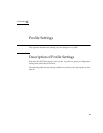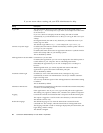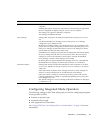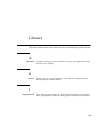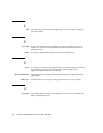
38 Sun Secure Global Desktop 4.5 User Guide • April 2009
Accessing the Drives on Your Computer
Your SGD Administrator configures whether you can access the drives on your
computer from applications running through SGD.
If you are using a UNIX, Linux, or Mac OS X platform computer, by default your
home directory is mapped to a drive called “My Home.” But you can configure the
drives you want to use with applications. This is done by editing your client
configuration file, $HOME/.tarantella/native-cdm-config. This file is
automatically created when the SGD Client is installed. The file contains detailed
instructions on how to create mapped drives.
The configuration file contains entries of the form <path> <type> <label>, where:
■ <path> is the absolute path name of the client file system
■ <type> is either unknown, fixed, floppy, cdrom, or remote
■ <label> is the name used in the application session
Use a separate line for each drive and separate each of the fields with a space or a
tab. If either the <path> or the <label> fields contains spaces or tabs, enclose the
field in quotes.
You can use environment variables in the <path> or <label> fields. You delimit
these with a dollar sign ($). To use a literal $, escape it with another $.
The following is an example configuration file.
[CDM]
$HOME$ fixed "My Home"
/tmp/$USER$ fixed Temp
"/mnt/win/My Documents" fixed "My Local Documents"
[/CDM]
Note – Changes to the configuration file only take effect when you log out and then
log in to SGD.
The access rights for a mapped client drive are shown in brackets after the drive
name: (rw)means read-write access, (ro) means read only access.



